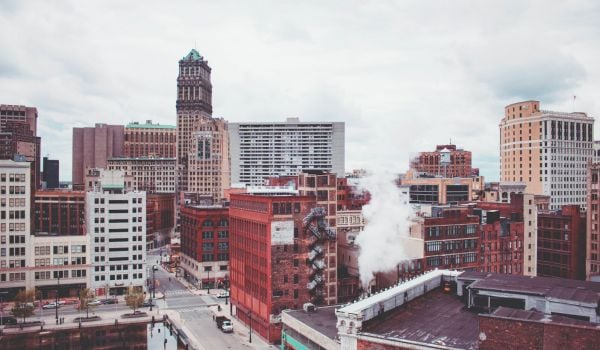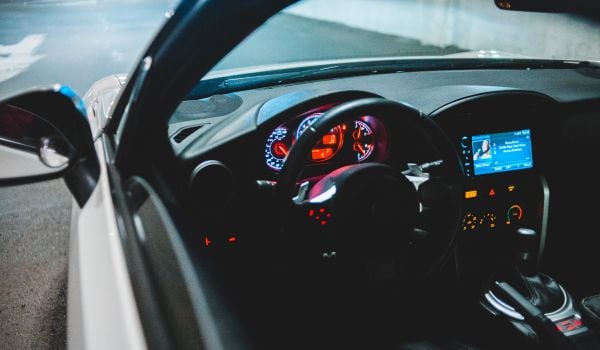The U.S. Department of Transportation and Sidewalk Labs, a subsidiary of Google’s parent company Alphabet, announced today a partnership that both parties say will transform transportation in big cities.
Sidewalk Labs will work closely with the seven finalist cities in DOT’s Smart Cities Challenge — Austin, Columbus, Denver, Kansas City, Pittsburgh, Portland and San Francisco — to develop a data platform, called Flow, that ingests traffic data from multiple sources to help city leaders get information in real-time while also bringing tools for citizen engagement to underserved neighborhoods through special kiosks.
Announced today in a joint press conference, the details on how Flow will work are a little hazy still, but should firm up as Sidewalk Labs begins working more with the seven cities. Sidewalk CEO Dann Doctoroff did say that the platform is “going to enable cities to analyze traffic patterns on specific roads using aggregated, anonymized data from billions of miles of trips.” In other words, Google Maps and Waze users? Google is coming for your trip data. [Editor’s Note: A Sidewalks Lab PR rep emailed to clarify that Flow could use Waze data, but the company is not involved in the project right now.]
Beyond that, the possibilities are wide open, because they haven’t been developed yet. After Flow collects all this data — from smartphones, from cities’ traffic sensors and other sources — “it will be fed into an analytics engine that will allow cities to map access against demand, create dashboards for transportation, parking,” Doctoroff said. “On top of that, we can potentially build applications over time … . We’re going to work with the city to determine the highest-value applications to citizens as we move forward.”
The program and data appears to be focused on auto traffic for now, but Doctoroff said that other forms of transportation like buses and ride-share could be integrated in the future.
Flow’s kiosks are based on the LinkNYC Internet kiosks deployed in New York. Whichever finalist city wins DOT’s Smart Cities Challenge will get 100 of these, to be installed in four targeted neighborhoods. The kiosks, which provide Internet access to anyone in a 150-foot radius, will also be outfitted with sensors that could theoretically track noise pollution levels, identify air quality issues and monitor the number of street parking spaces available.
“We believe that that platform is a really important element in understanding what’s going on on the street and on the ground,” Doctoroff said. “The LinkNYC kiosks have big digital displays on them, which can be an important way of communicating traffic conditions. Each has an Android tablet on it, which will enable citizens, especially those who don’t have smartphones, to engage on the street as well.”
Expect Flow to move quickly. Many of the data sources Sidewalk Labs hopes to integrate into Flow are already out there, and “we have been already beginning to build the core infrastructure” to bring that data together. Doctoroff said that within six months, Flow should have some basic results to share, and more advanced apps and analytics will arrive over the next two years.
“What we are introducing through this challenge is the possibility that technology can help us solve some of our mobility challenges differently,” Transportation Secretary Anthony Foxx said.
Foxx stressed that Flow is meant to help all neighborhoods in a city, not just the wealthy ones. He said that many of the mayors of the seven finalist cities have asked about equity.
“One of the issues we are also thinking through,” he said, “is if you have really cool technology that is making people’s lives better and moving traffic better and perhaps even moving freight better, how valuable is it if it doesn’t reach out to the entire community?”
Doctoroff agreed. “Our cities are under extraordinary financial pressure, which is probably going to grow over time, and meanwhile we are struggling even more to provide equitable transportation access,” he said. “With lower-income Americans in particular having to travel farther and spend more on commuting, putting them outside the range of opportunities is something we have to address. We’re not going to build more roads; it’s hard to invest in new mass transit. We have to do better with what we have.”
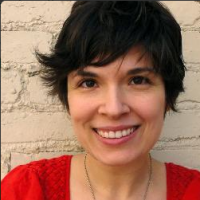
Rachel Kaufman is Next City's senior editor, responsible for our daily journalism. She was a longtime Next City freelance writer and editor before coming on staff full-time. She has covered transportation, sustainability, science and tech. Her writing has appeared in Inc., National Geographic News, Scientific American and other outlets.
Follow Rachel .(JavaScript must be enabled to view this email address)

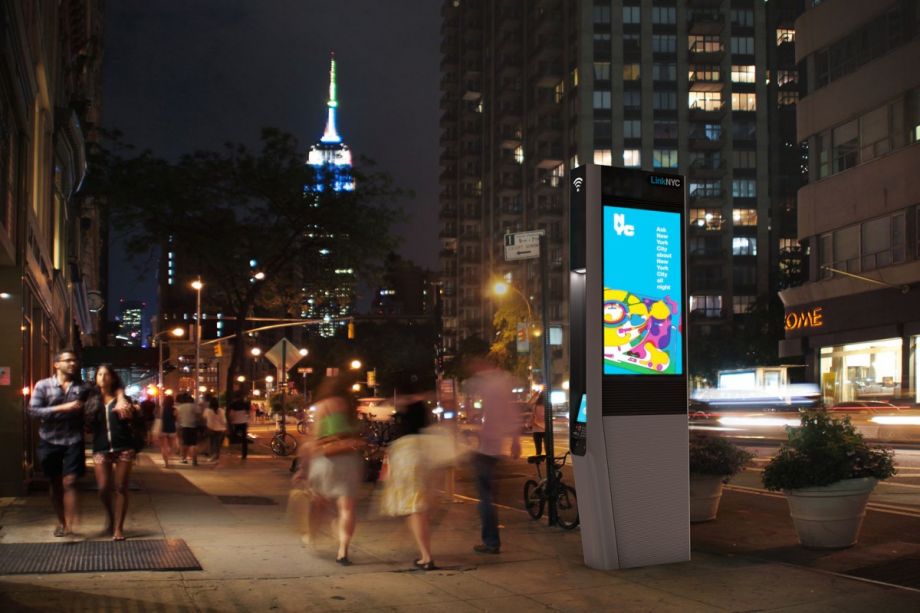
_600_350_80_s_c1.jpg)
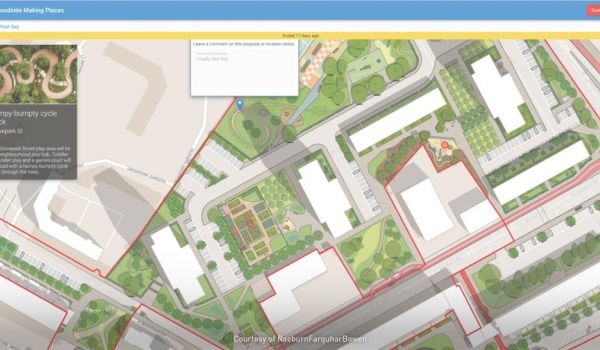
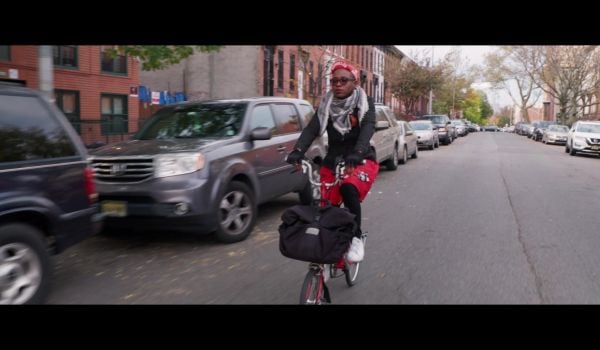
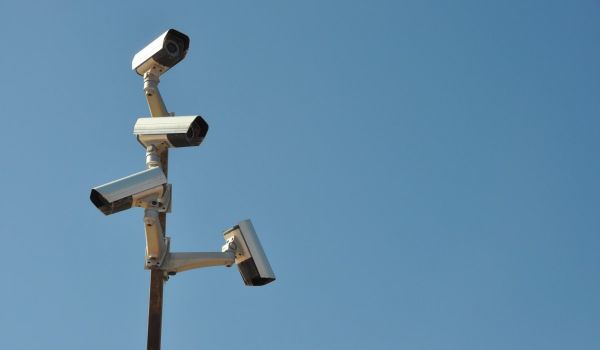
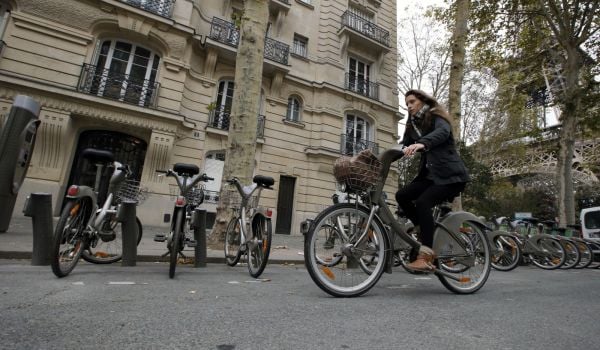
_on_a_Sunday_600_350_80_s_c1.jpeg)
